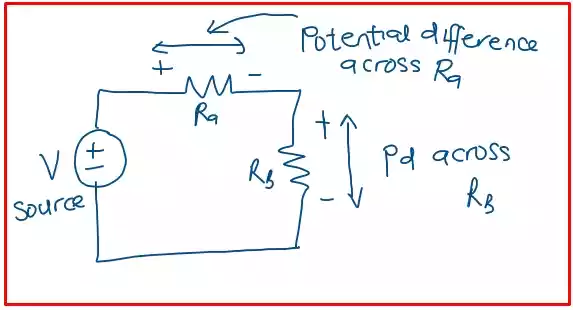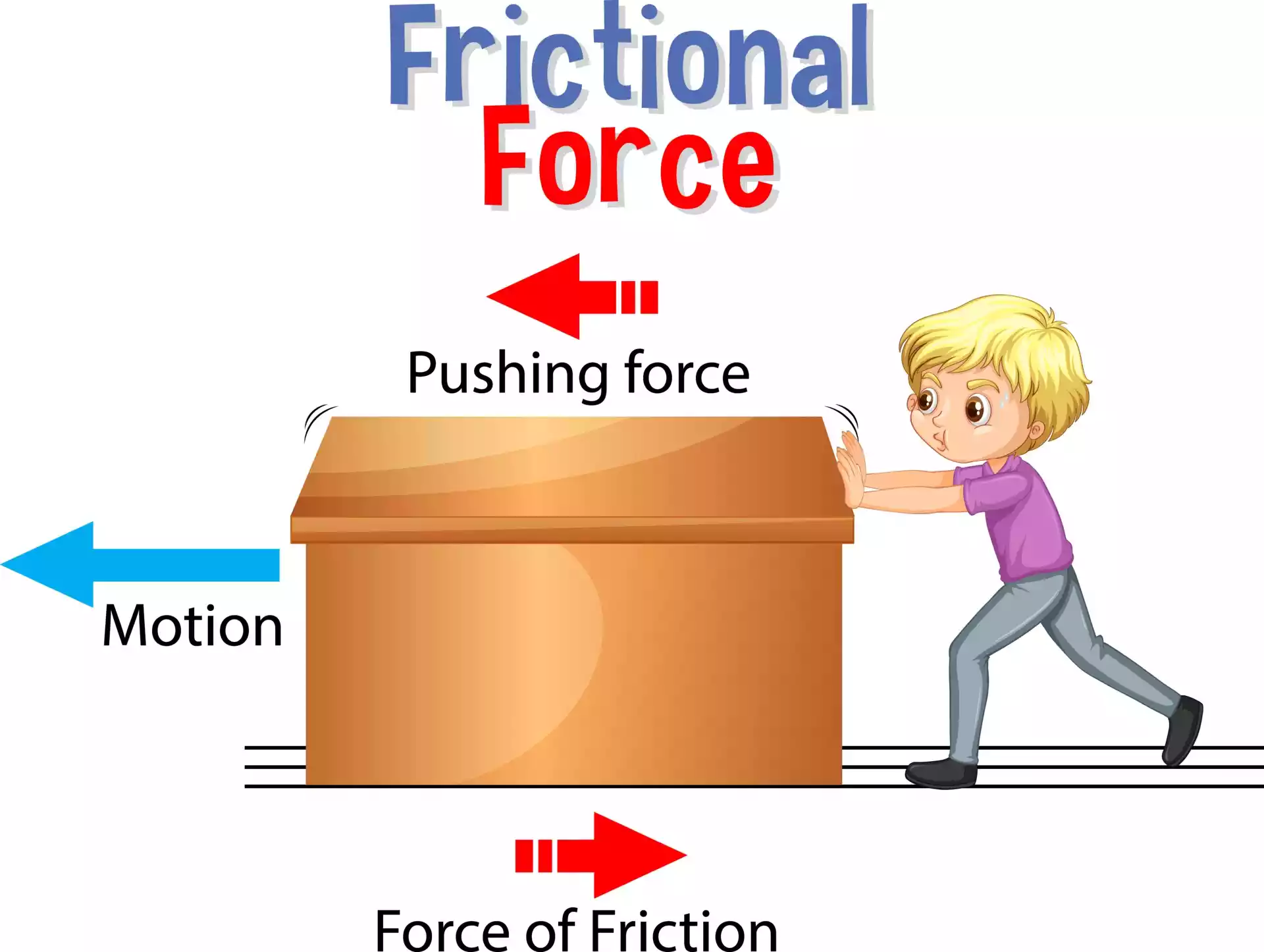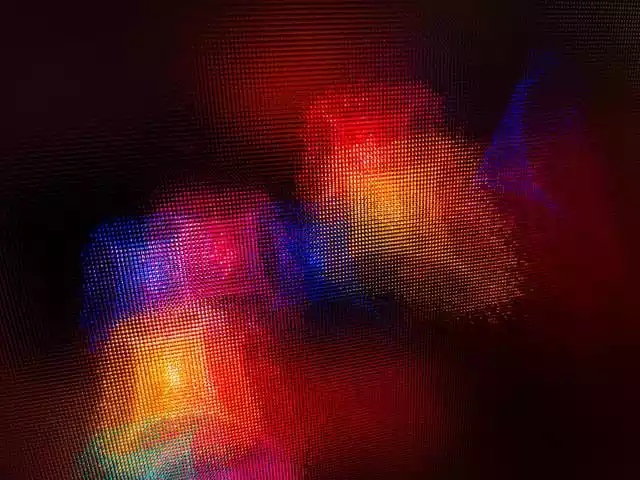Reflection vs. Refraction: What's The Difference?
When it comes to understanding the behavior of light, two important phenomena come into play: reflection and refraction.
These terms describe how light interacts with different mediums and surfaces. In this article, we will look at the difference between reflection and refraction, their characteristics, and their applications in various fields.
Table of Contents
Reflection
Definition
Reflection refers to the bouncing back of light when it encounters a surface. This phenomenon occurs because light waves cannot pass through certain materials or mediums.
Instead, they are redirected, or reflected, off the surface.
Laws of Reflection
There are two laws that govern the reflection of light:
- The incident angle is equal to the reflected angle.
- The incident ray, the normal (perpendicular line), and the reflected ray all lie on the same plane.
Types of Reflection
There are two main types of reflection:
- Specular Reflection: This type of reflection occurs when light reflects off a smooth surface, such as a mirror, creating a clear and distinct image.
- Diffuse Reflection: Diffuse reflection happens when light reflects off an uneven or rough surface, scattering the light in various directions.
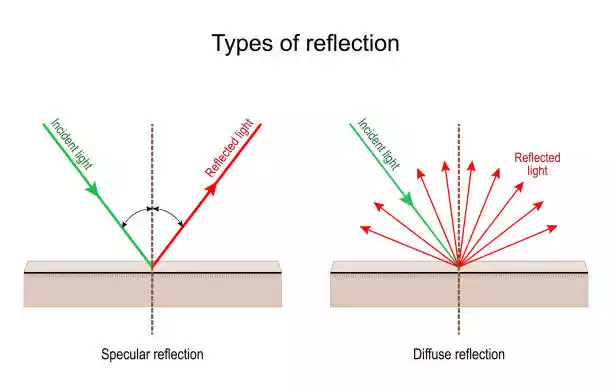
Examples of Reflection
Reflection can be observed in many everyday scenarios, such as:
- Seeing your reflection in a mirror.
- Light bouncing off a shiny car surface.
- Seeing your image on the surface of a still lake.
Refraction
Definition
Refraction refers to the bending of light when it passes from one medium to another with a different optical density.
The change in density causes the light to change direction.
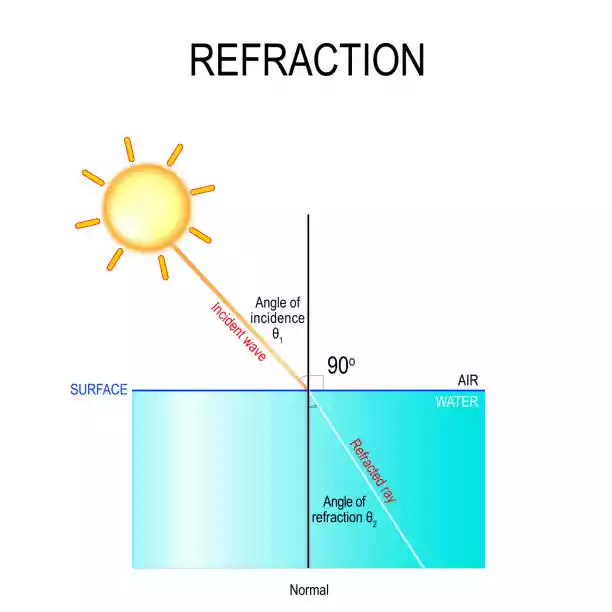
Laws of Refraction
Two laws govern the behavior of light during refraction:
- Snell’s Law: This law states that the ratio of the sine of the angle of incidence to the sine of the angle of refraction is constant for a given pair of media.
- The incident ray, the normal, and the refracted ray all lie on the same plane.
Factors Affecting Refraction
Several factors influence the amount of refraction that occurs:
- Angle of Incidence: The angle at which light enters the second medium affects the amount of bending.
- Wavelength: Different wavelengths of light refract at different angles, causing phenomena like dispersion.
- Optical Density: The difference in optical density between the two mediums determines the degree of refraction.
Examples of Refraction
Refraction is present in numerous situations, including:
- The bending of light when passing through a glass prism.
- The apparent bending of a straw in a glass of water.
- The formation of rainbows due to the refraction and dispersion of sunlight in rain drops.
Differences Between Reflection and Refraction
-
Nature of Phenomenon:
- Reflection involves the bouncing back of light waves from a surface.
- Refraction describes the bending of light as it passes through different mediums.
-
Direction of Light:
- In reflection, the light waves maintain the same direction but change their path.
- In refraction, the direction of light changes as it moves from one medium to another.
-
Wavefronts:
- Reflection preserves the shape and orientation of the wavefronts.
- Refraction causes the wavefronts to change their shape and orientation.
-
Speed of Light:
- The speed of light remains constant during reflection.
- The speed of light changes during refraction as it travels through different mediums.
-
Surface Conditions:
- Reflection can occur from both smooth and rough surfaces.
- Refraction occurs at the interface between two different mediums.
Applications of Reflection and Refraction
Reflection Applications
- Mirrors: Reflection is utilized in mirrors, allowing us to see our reflections.
- Optics: Reflective surfaces are crucial in telescopes, microscopes, and cameras.
- Fiber Optics: Reflection enables the transmission of light signals in fiber optic communication systems.
Refraction Applications
- Lenses: Refraction is employed in lenses to focus and bend light, allowing us to see clearly.
- Cameras and Projectors: Refraction is essential in camera lenses and projectors to form images.
- Eyeglasses: Refractive lenses correct vision problems by bending light.
Wrap Up
Reflection and refraction are fundamental phenomena that govern the behavior of light.
Reflection involves the bouncing back of light waves, while refraction describes the bending of light as it passes through different mediums.
Both phenomena have numerous applications in various fields, from everyday life to advanced optical systems.
FAQs
- Can reflection and refraction occur simultaneously? No, reflection and refraction are distinct phenomena that occur separately.
- Why does a straw appear bent when placed in a glass of water? The light rays from the straw bend as they pass through the water, creating the illusion of a bent straw.
- Are reflection and refraction reversible processes? Yes, both reflection and refraction can be reversed by changing the direction of light.
- How do mirrors produce clear reflections? Mirrors have smooth surfaces that reflect light waves in a predictable and organized manner, resulting in clear reflections.
- Are reflection and refraction limited to visible light? No, both reflection and refraction can occur with other forms of electromagnetic radiation, such as radio waves and X-rays.

